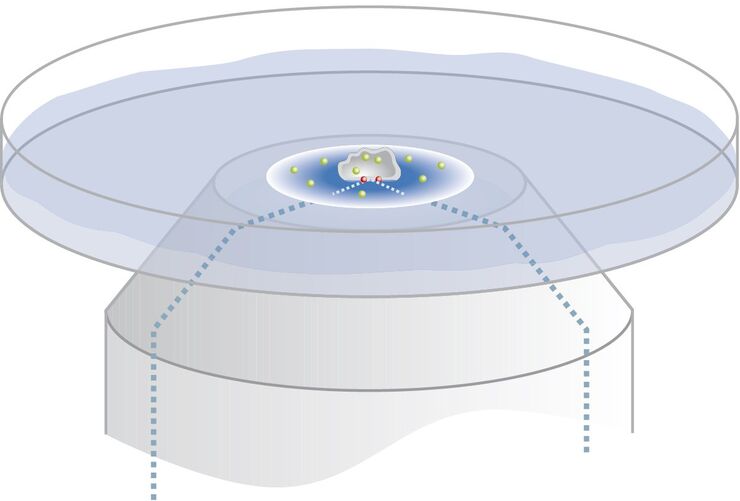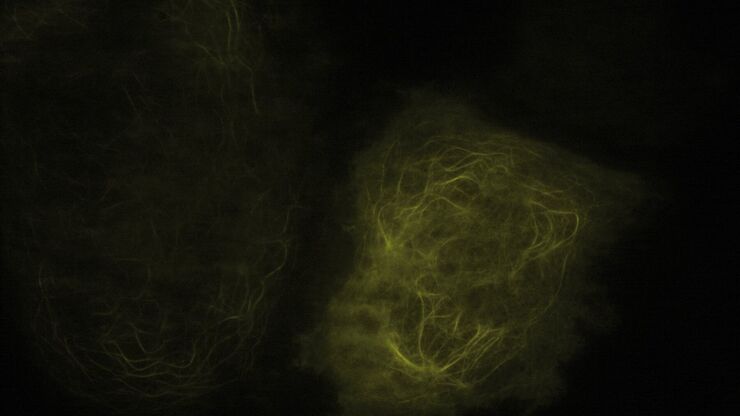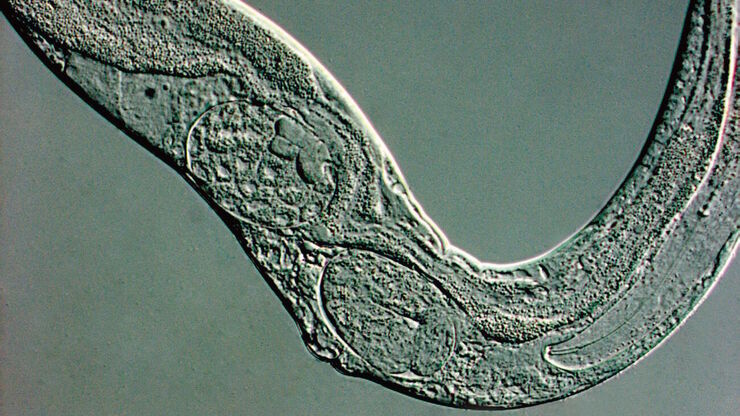Thomas Veitinger , Dr.

Dr. Thomas Veitinger studied Biology at the Ruhr-University Bochum, Germany and received a diploma in Developmental Neurobiology. In his Ph.D. thesis at the Department of Cell Physiology of the Ruhr-University in Bochum, he investigated odor-driven subcellular calcium dynamics of human spermatozoa and gained experience in live-cell imaging methods and general physiology. As a post-doc, he worked in the department for chemosensation of the RWTH Aachen University, Germany lead by Prof. Dr. Marc Spehr. There, he investigated male germ stem cells using the patch-clamp technique and live-cell imaging. Since May 2011, he is employed by Leica Microsystems as an Application Manager for live-cell imaging, electrophysiology and neuroscience applications.





